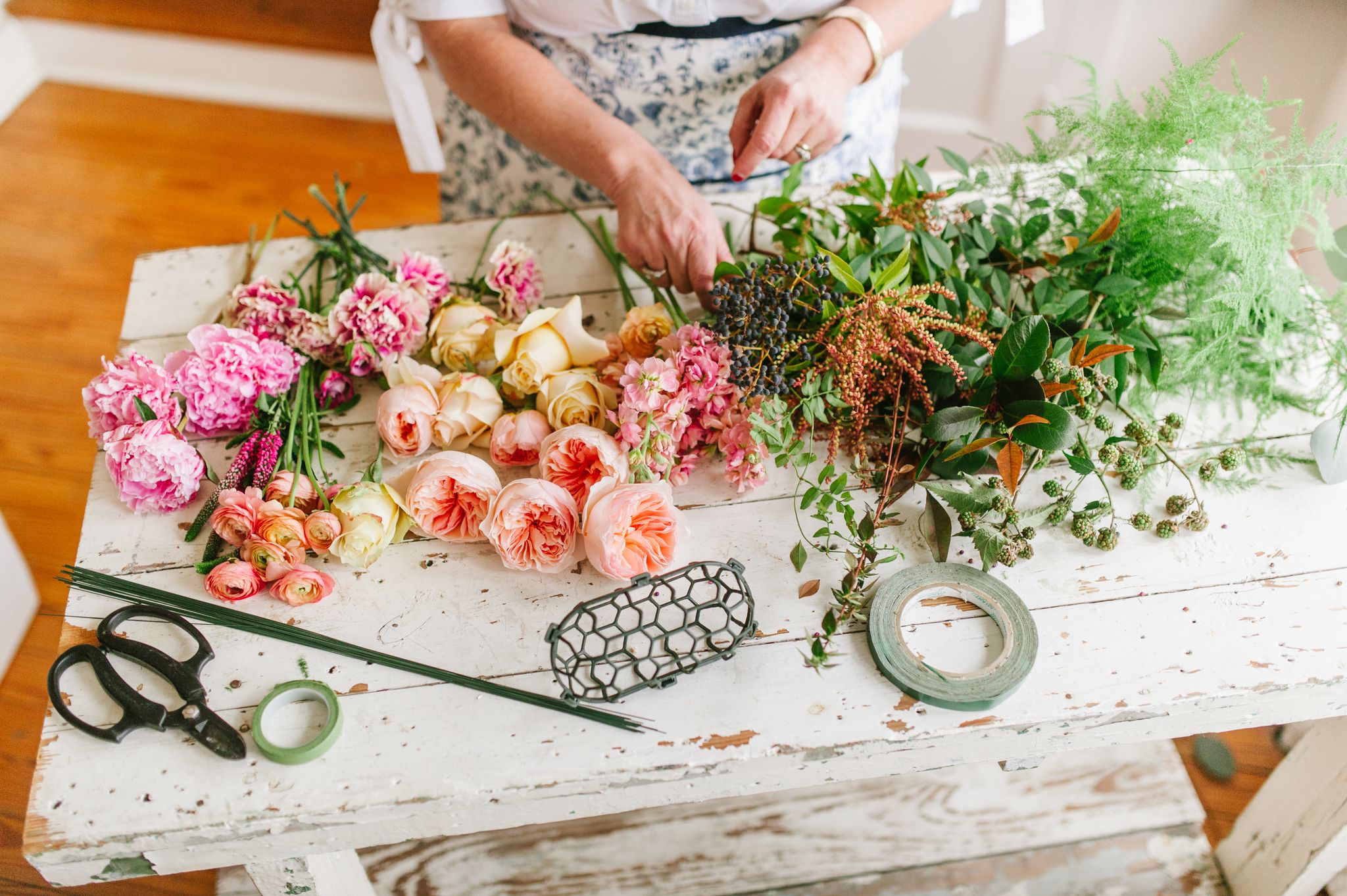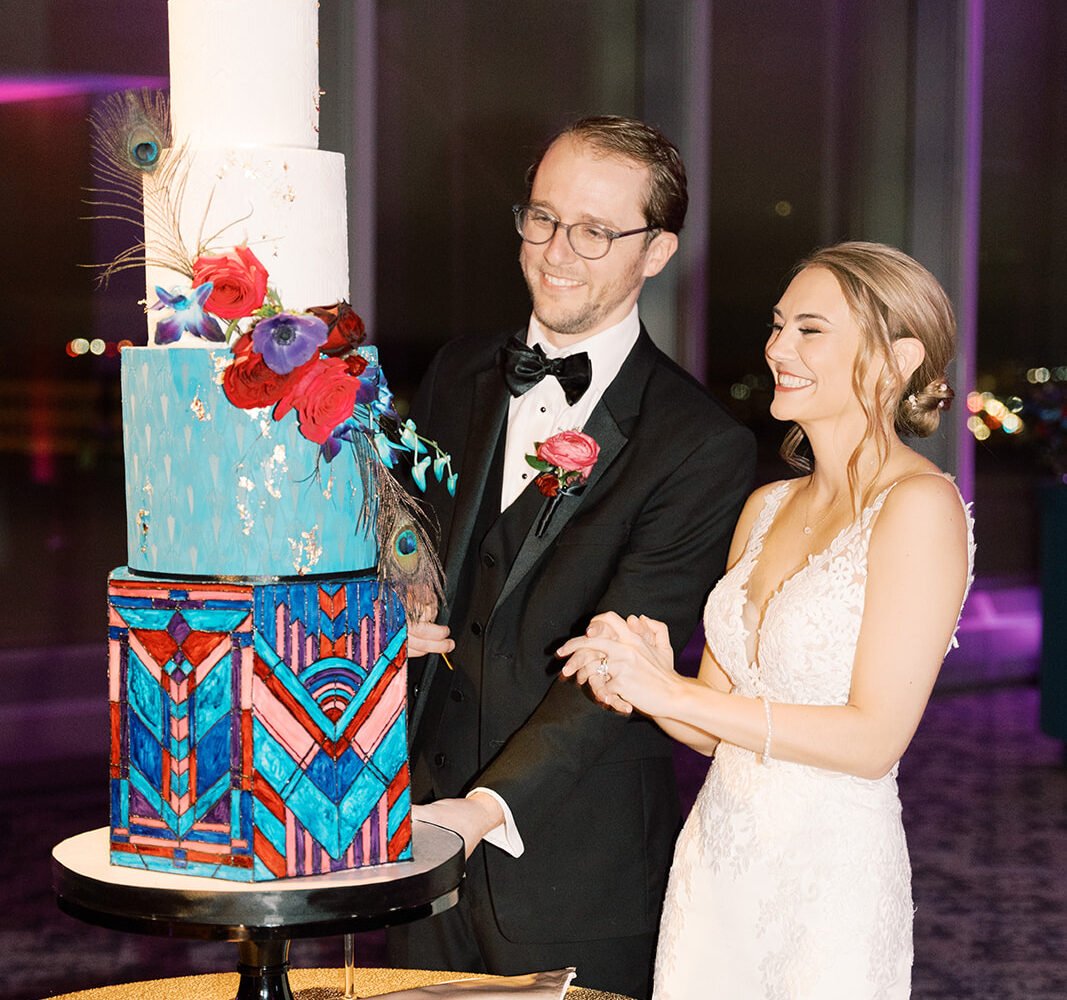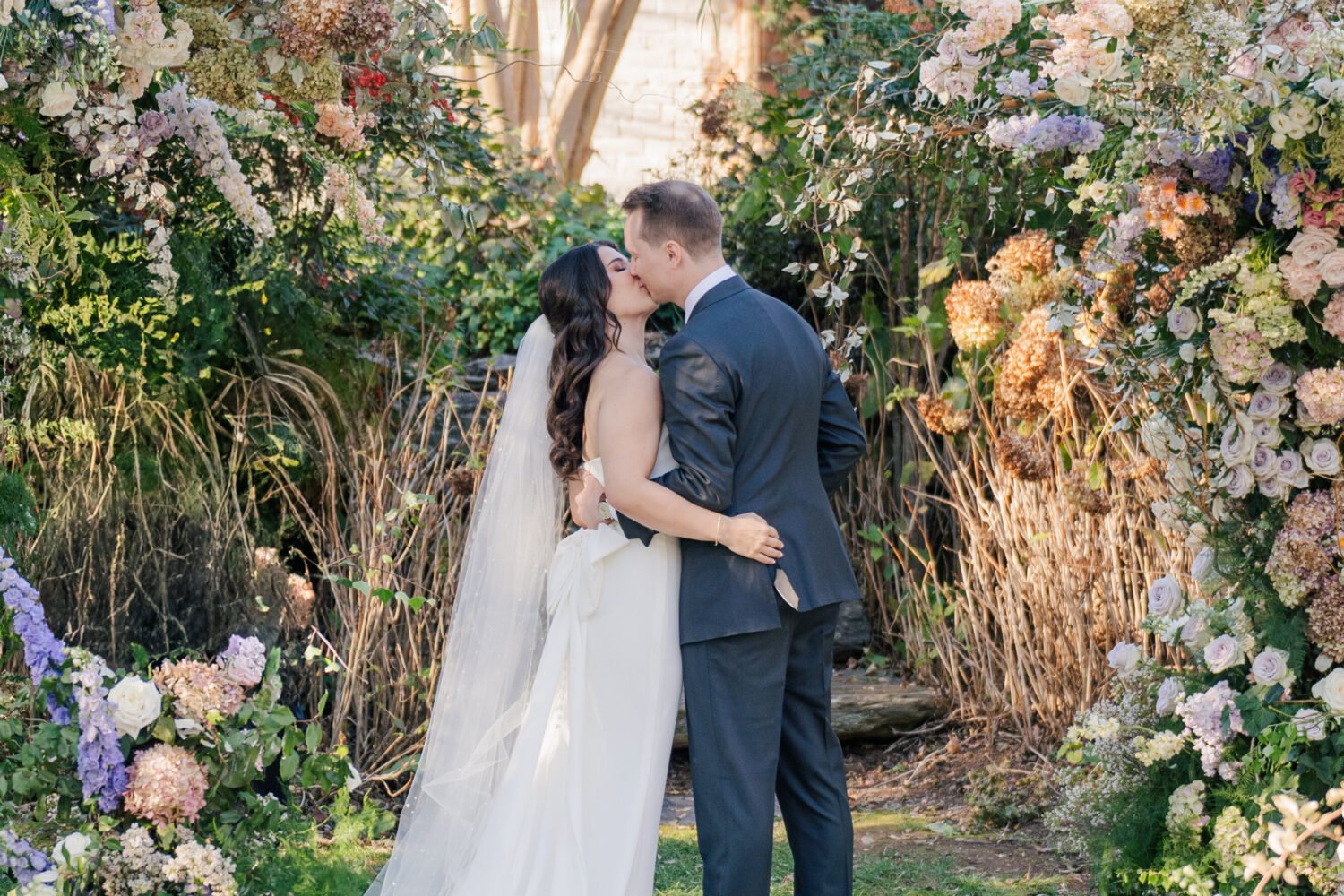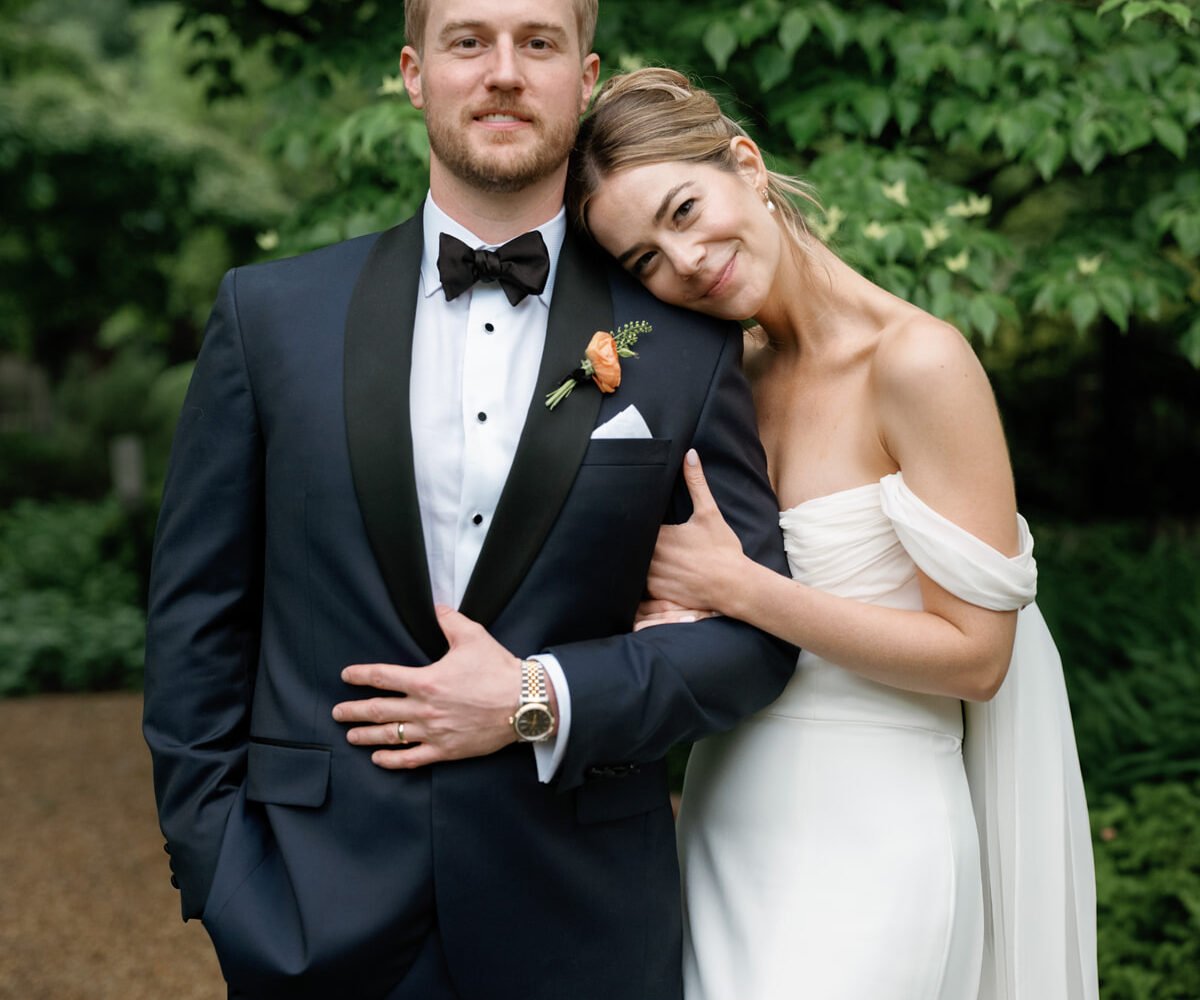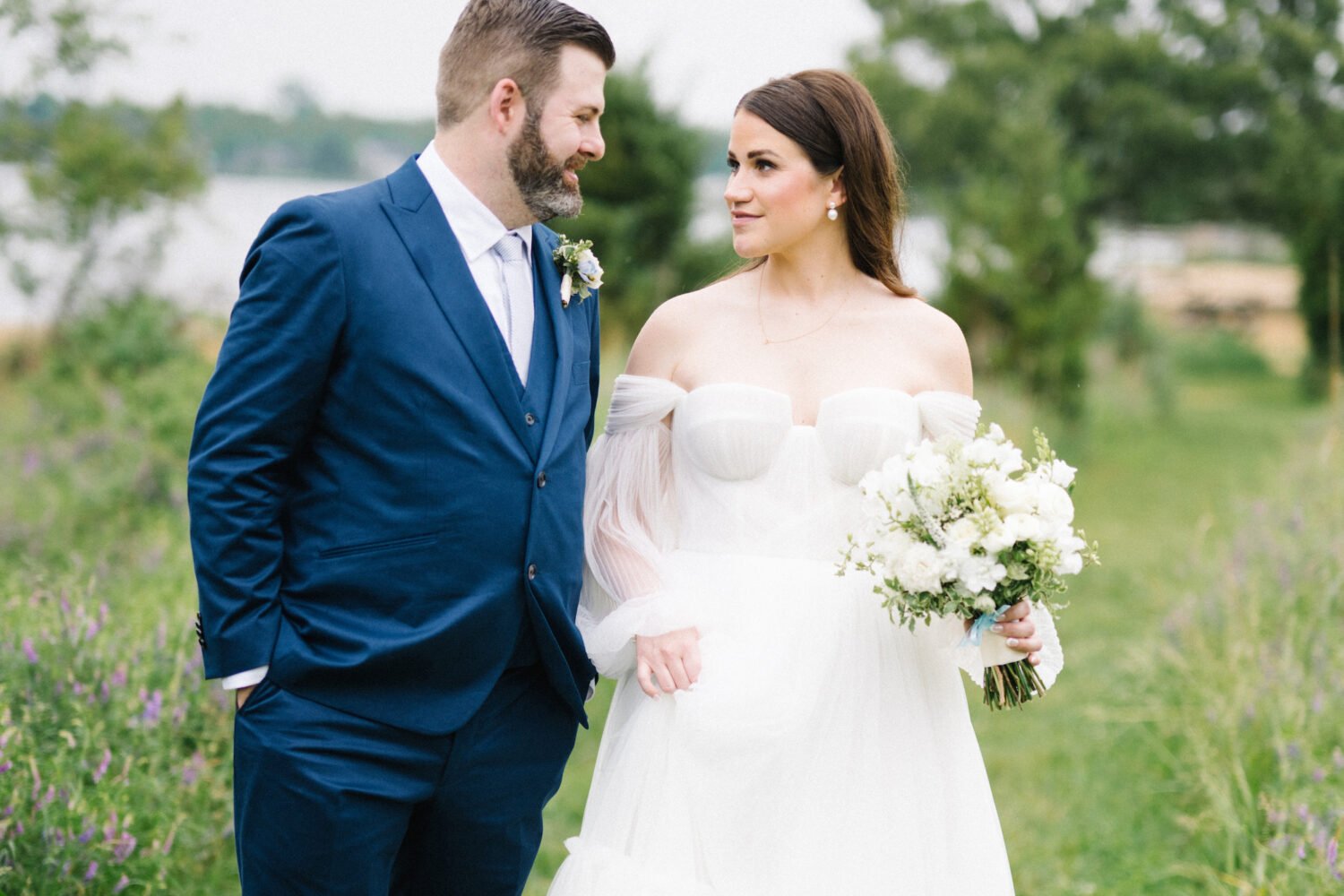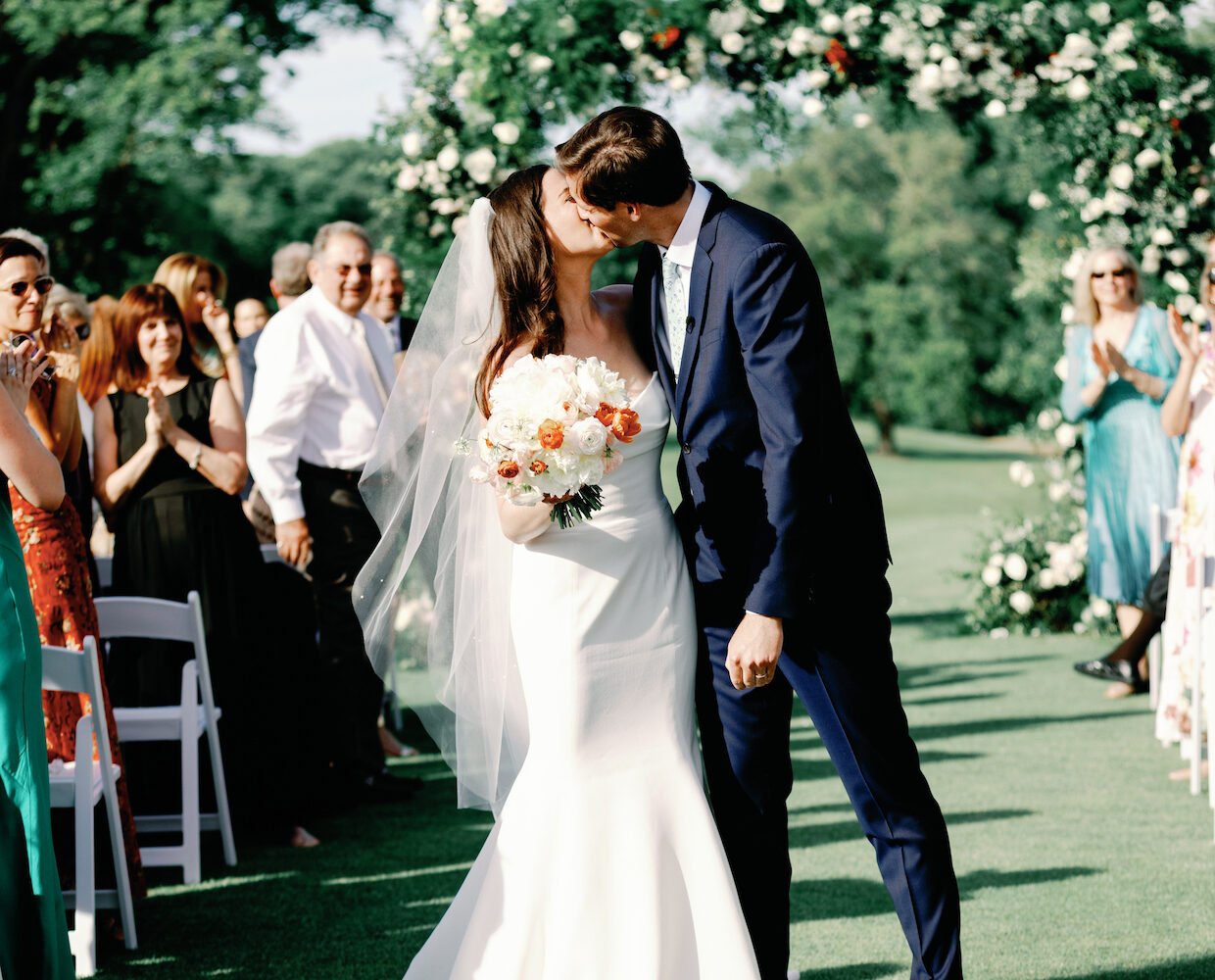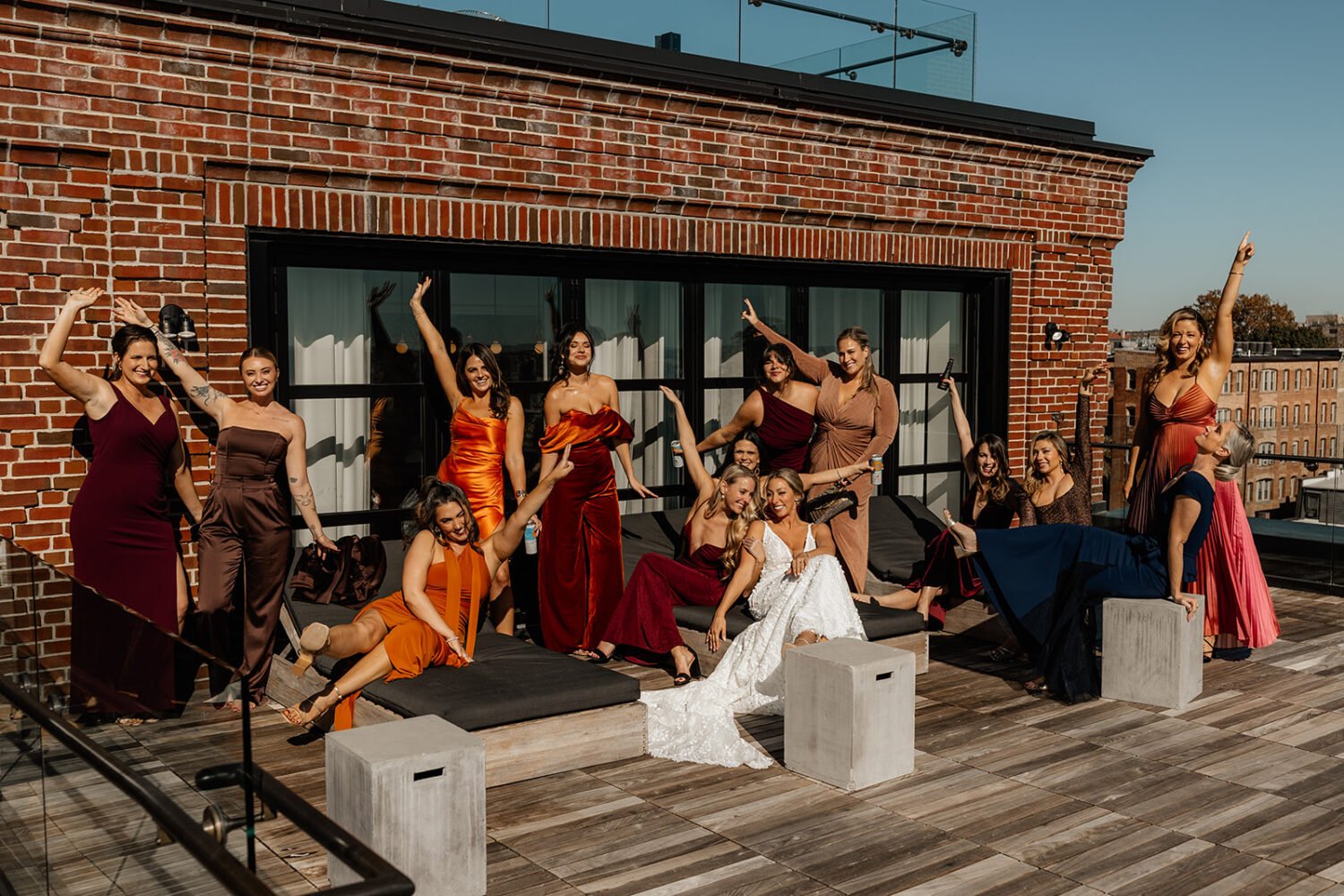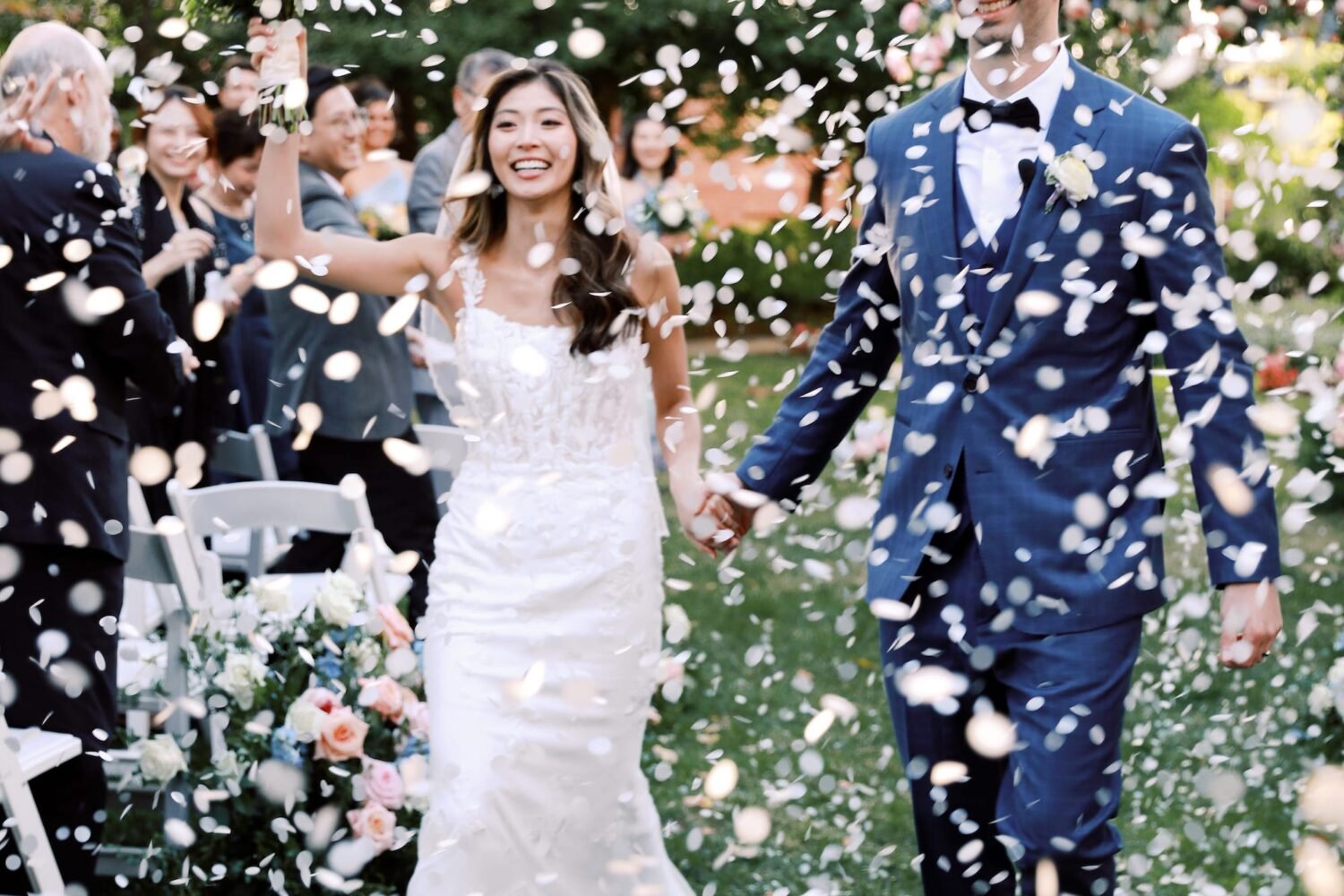In addition to all the other goods that are hard to find these days—new cars, couches, even kitchen appliances—DC’s flower professionals say there’s a shortage of flowers that’s like nothing they’ve seen before.
Currently, demand is at an all-time high as the industry navigates the boom of weddings that were rescheduled during the last 18 months. Some vendors say they’ve crammed three times the normal number of weddings into this season alone. On top of that, everyday consumers have also increased their demand for flowers.
“With the isolation and separation brought on by Covid,” says Elizabeth Daly of the Society of American Florists, “people turned to flowers in a big way, not to mention [there was] a more intense focus on beautifying our homes, where we’ve spent so much time, with flowers and plants. Even as people are gathering and starting to go back to the office, we’re not seeing that spike in demand taper off.”
The result is increased pressure on the supply chain. Grocery stores have bought entire farms or flower brands for their inventory, says local wedding florist and flower farmer Holly Heider Chapple.
But even the exceptionally high demand is not solely responsible for the current flower crisis. “During the onset of the pandemic, there was not enough demand for flowers, which caused mass loss of product and then a huge loss of labor, which meant many farms were lost, many fields were lost, and not enough labor was in place to recover quickly enough,” says Rachel Bridgwood of Sweet Root Village, an event floral design company in Alexandria. It’s an issue that florists across the country have connected on social media to discuss.
“By now, farms have had time to plant new crops and start recovering [from the pandemic shutdowns],” says Daly, but in addition to the extraordinary demand, she says, there are “poor weather conditions at farms, logistical issues, and labor shortages, which are driving up prices and tightening the supply of many species and colors of flowers.”
So while demand has skyrocketed more than anyone anticipated, supply also isn’t where it would be even in a normal year.
“This truly is the most complicated time I have ever seen,” Chapple said in an Instagram Live post this week—one of two she’s done recently on the topic.
When one of the largest farms in California closed its doors last spring, Chapple says it “was like watching a titan fall.” Some flower farmers, she says, have sold their farms or converted to growing marijuana.
White roses, speciality blooms, and blue flowers have reportedly been impacted the most, but all types of flowers are expensive now, with costs up 20 to 30 percent across the board and, Bridgwood says, sometimes as much as 400 percent. White spray roses are up 50 percent, according to Lisa Sommer of Petals and Promises. White flowers, Chapple says, are complicated because they show blemishes more than any other color, and the trauma from bad weather (recent flooding, hurricanes, tornados, etc.) adds to the blemishes.
As a result, florists are scrambling to substitute florals with easier-to-get alternatives, and they’re scaling back the number of blooms they use overall. In some cases, florists are working together to try to fill needs. “I was able to donate some pink stems to another designer in order for her to design for her wedding,” says Sommer. Sweetroot Village has begun to save and dry flowers and greenery, and to stock up on silk floral products to fill in gaps.
The florists we spoke to expect to feel the effects for years. “Many plants need years to mature, and flower farms don’t tend to pop up right and left,” says Bridgwood. “I think it will take a while for the balance of supply and demand to right itself.”
Still, Daly is hopeful: “Strong demand indicates a strong market and gives the industry reason to be optimistic. People now understand the joy of flowers and what they mean. Florists have adapted quickly by planning and booking their product further ahead of time and by creating substitutions, using their skills to pull different flowers and color palettes to showcase new looks for clients based on what is available.”
Pro tips for couples and individuals who are looking for flowers or weddings or other events? Make sure you’re working with vendors who have good relationships in the industry. “Stature in the industry, relationships, experience, and credit will also come into play as to who gets what stem,” says Chapple. “Wholesalers are not willing to take risks on companies that are not up to date with their accounts.”
Also: Pay invoices on time so your orders aren’t delayed, and focus on overall color palettes and aesthetics, rather than specific blooms, says Bridgwood.
“It is an excellent time to trust your designer and to give them some creative freedom,” adds Chapple. “A talented florist has endless ideas and resources to pull from; confining them to the perfect shade of blush might mean the consumer gets less for their dollar spent. Freedom to create and the emergency need of pulling a rabbit out of a hat often produces some of the finest and most inspiring floristry.”

